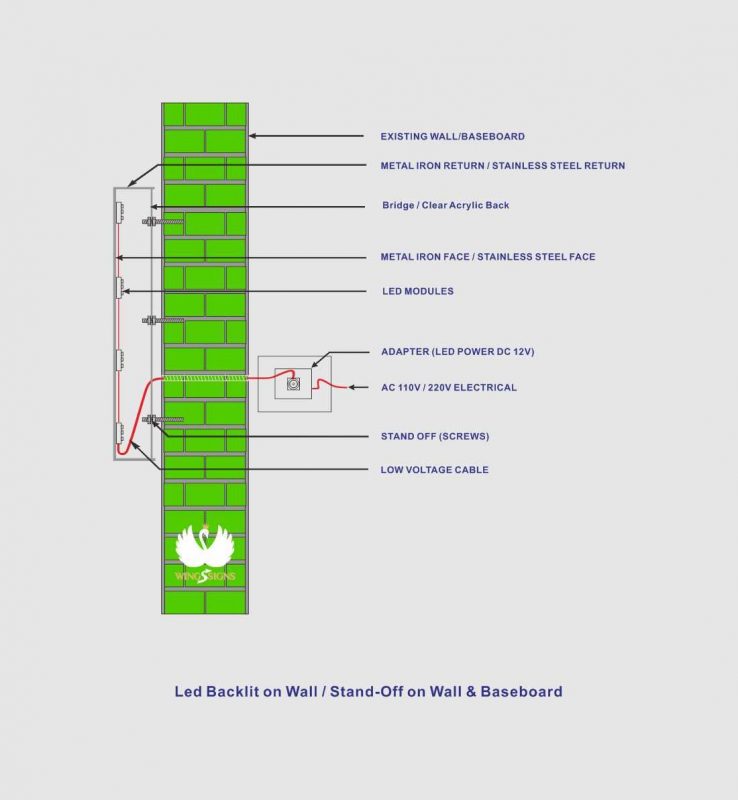If you are planning to install a custom sign on a property that you do not own, such as a commercial building or retail space, you may need to obtain approval from the property owner or landlord. Here are some steps you can take to get approval for your custom sign:
1). Review the lease agreement: Before you approach the landlord about installing a custom sign, review the lease agreement to determine if there are any restrictions or guidelines regarding signage. This will help you understand the landlord’s expectations and requirements.
2). Develop a proposal: Create a proposal that outlines the design, size, and location of the custom sign you want to install. Be sure to include information about the materials and installation process, as well as any potential impact on the property.
3). Schedule a meeting: Contact the landlord or property manager to schedule a meeting to discuss your proposal. Be prepared to answer any questions the landlord may have and to address any concerns they may raise.
4). Provide visual aids: Bring visual aids, such as sketches or digital renderings, to the meeting to help the landlord visualize the custom sign and understand how it will look on the property.
5). Address concerns: Be prepared to address any concerns the landlord may have about the custom sign, such as potential damage to the property or negative impact on the aesthetics of the building. Offer solutions or compromises to help alleviate these concerns.
6). Obtain written approval: Once you have reached an agreement with the landlord, obtain written approval for the custom sign installation. This will help protect you and the landlord from any future disputes or misunderstandings.
By following these steps, you can increase your chances of obtaining approval from a landlord for a custom sign installation. It is important to approach the process with professionalism and respect for the landlord’s property and guidelines.







